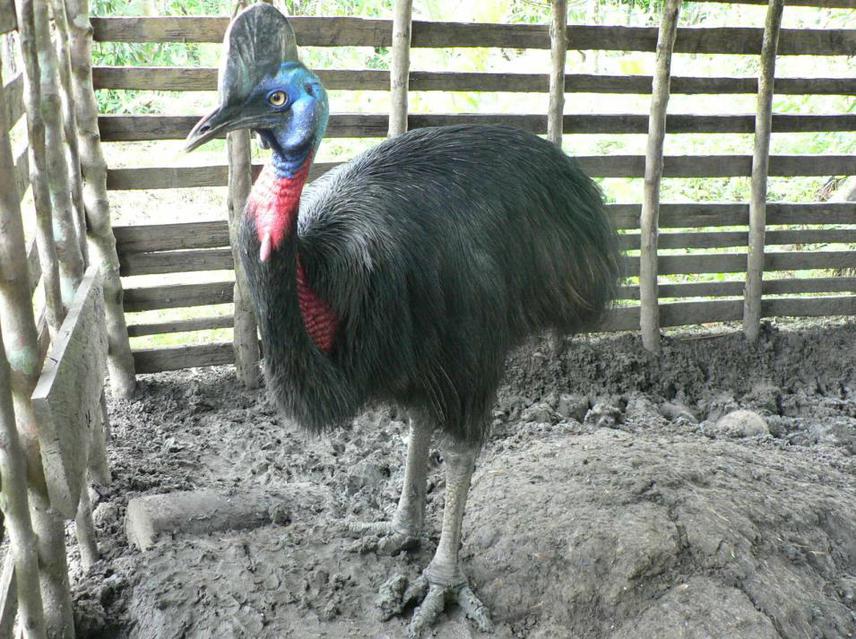Margaretha Pangau-Adam
The overall aim of this project is to examine the pattern and extent of hunting in West Papua, Indonesia and to assess its possible impact on local wildlife populations.

Northern Cassowary.
West Papua has an immense biodiversity, being home to over 700 bird species, including the majority of the world-renowned birds-of-paradise, all of the crowned-pigeons, flightless cassowaries, and most of the world's mound nest-builders. It also supports more than 200 species of mammals, most of which are endemic to the New Guinea region.
Despite the conservation significance of the region, many species of mammals, birds and reptiles are targets for subsistence and more recently, commercial hunting. Traditionally, local communities hunt mammals and birds for meat consumption, as well as for religious and cultural purposes. However, social changes over the last two decades, such as an increasing population, intensive transmigration program, improved hunting technology, loss of traditional laws and increasing ease of transport have dramatically altered the market for animal products.
Recently arrived people open up the potential for large-scale regional, national and even international trade in wildlife. Hunting is thus gradually moving away from a purely subsistence form towards a commercial form. Uncontrolled hunting along with deforestation could lead to regional wildlife species lost. With almost nothing known about the levels of hunting and trade, and their impact on wildlife in Papua, there is an urgent need for field studies designed to provide baseline data of current hunting practices that would contribute to the future wildlife management decisions.